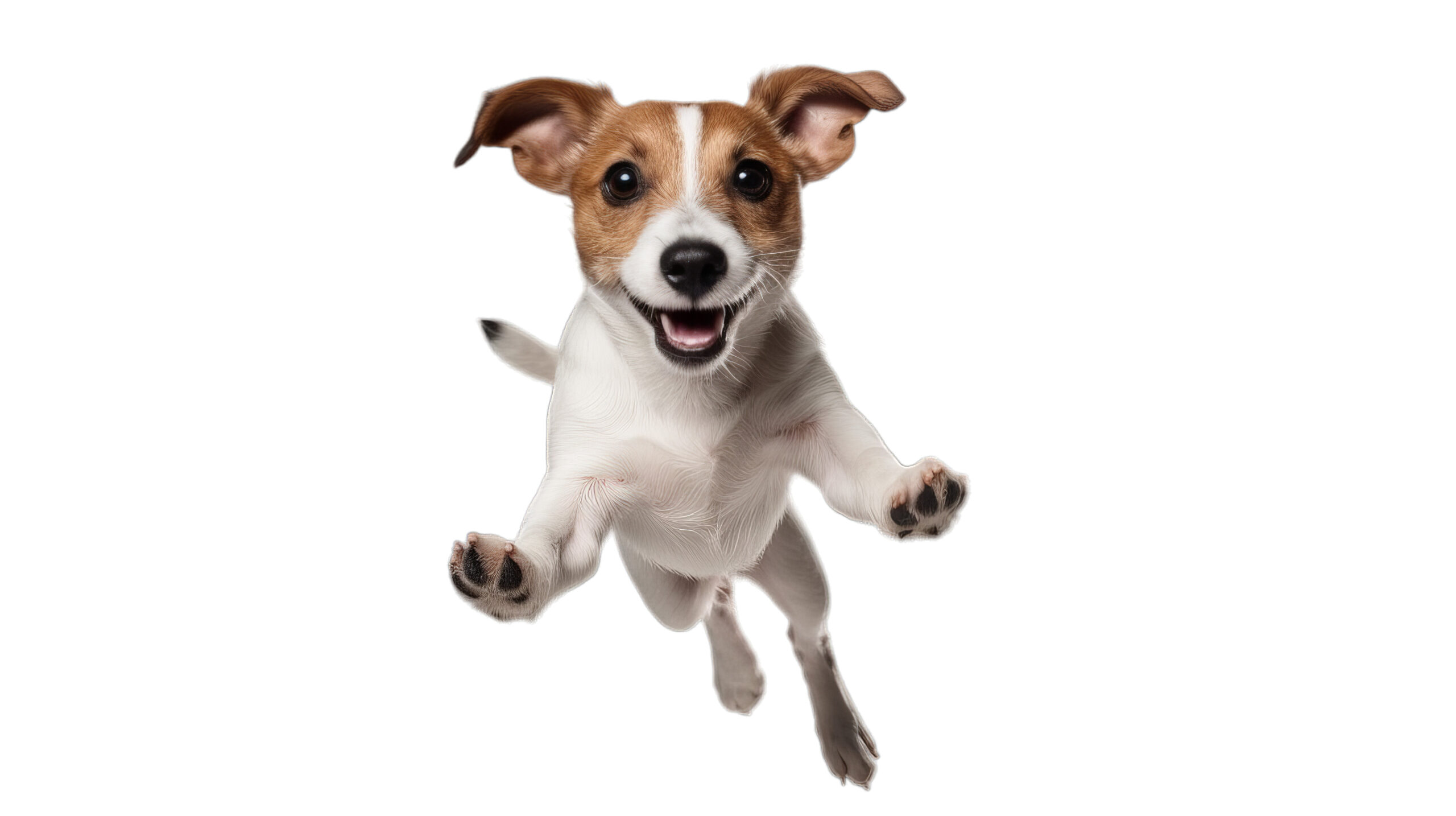In a world full of unpredictable experiences—strangers, loud noises, new environments—dogs, just like people, need emotional tools to navigate it all. That’s where resilience comes in. A resilient dog isn’t a dog who never feels fear or anxiety, it’s a dog who can bounce back from stress, adapt to change, and recover from challenges with trust and confidence.
Resilience doesn’t just happen. It’s built intentionally over time through safe exposure, emotional support, and thoughtful guidance. Whether you’re raising a puppy or helping an older dog through past trauma, it’s never too late to help them become more emotionally adaptable.
What Does Resilience Look Like in Dogs?
A resilient dog may:
🐾 Recover quickly from startling events
🐾 Adapt well to new people, dogs, or environments
🐾 Handle minor frustrations without meltdowns
🐾 Take social or environmental feedback without shutting down
🐾 Try again after a mistake
In contrast, a dog lacking resilience may become overwhelmed, avoidant, or even reactive when life gets a little uncertain.
How to Build Resilience in Your Dog
- Create Safe, Predictable Environments
Dogs thrive on structure. Predictable routines, clear communication, and consistent boundaries help them feel safe enough to explore and learn. Safety builds the foundation for confidence.
- Offer Controlled Challenges
Growth happens just outside the comfort zone. Introduce your dog to novel sights, sounds, textures, and environments gradually—always watching for signs of stress. Let them investigate at their own pace. The goal isn’t to desensitize, it’s to empower.
- Let Them Make Choices
Resilience grows when dogs feel a sense of agency. Let them choose which direction to walk, when to engage, or when to retreat. Respecting their signals helps them learn that communication matters and builds emotional security.
- Practice Recovery, Not Perfection
We all have off days. Focus on how your dog recovers from stress rather than trying to prevent it altogether. A dog who learns that stress is temporary—and that you’re a safe landing spot—will develop stronger coping skills.
- Support with Enrichment
Mental and physical enrichment feeds the brain and body. Activities like scent work, food puzzles, social play, and problem-solving games all support resilience by building confidence and reducing boredom-related stress.
Final Thoughts: Resilience Is a Lifelong Practice
Building resilience isn’t about toughening up your dog—it’s about helping them feel capable, supported, and safe enough to navigate their world with curiosity and courage. Every interaction is an opportunity to grow their confidence.
At DogSpeak, we believe that resilient dogs are not just happier—they’re also safer, more adaptable, and better companions. Let’s raise dogs who thrive, not just survive.
